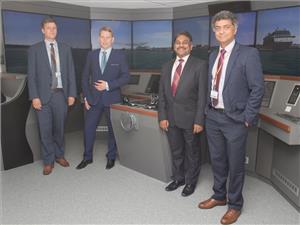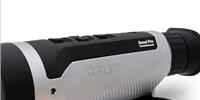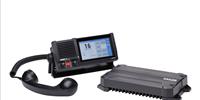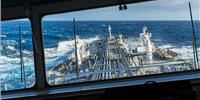Wärtsilä has been selected to provide a full scope of marine simulators for a new training facility at Solent University’s Warsash School of Maritime Science and Engineering, located in Southampton, England.
Scheduled to complete in spring 2019, it will be the largest marine simulation training center in the U.K. The contract with Wärtsilä, which was booked in September 2018, is linked to a five-year continuous service agreement.
“The simulation center will be a central pillar of our maritime education, training and research program,” said Syamantak Bhattacharya, Dean of Solent University’s Warsash School of Maritime, Science and Engineering.
The simulator complex will provide decision support, analysis, and training based on live data received from ships and ports. The Wärtsilä scope includes state-of-the-art navigational bridges, engine room, liquid cargo handling, Global Maritime Distress and Safety System (GMDSS), and crane operation simulators.
“The digital technology used aligns very closely with Wärtsilä’s Smart Marine initiatives, whereby high levels of digitization and connectivity are employed to deliver even greater efficiencies,” said Joonas Makkonen, Vice President, Voyage Solutions, Wärtsilä Marine Solutions.
Wärtsilä simulation and training services provide integrated solutions and content designed to bridge the gap between the Standard of Training, Certification and Watchkeeping for seafarers (STCW), and the required level of competency. STCW sets the minimum qualification standards for masters, officers, and watch personnel on seagoing merchant ships and large yachts.
The equipment technology is provided by Transas, which was acquired by Wärtsilä in May 2018. The company offers both land- and ship-based simulation systems that utilize digital twins of actual vessels covering all onboard systems. Real data from the ship can also be used to replay onboard operations for training purposes.
To date, more than 5500 simulators have been delivered by Transas to some 1,300 customers in more than 90 countries. The main customer segments include both government and privately owned training centers and academies, shipping and crewing companies, agencies such as port authorities and pilot associations, as well as navies and coastguards.




